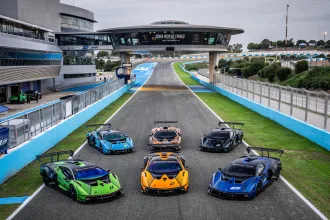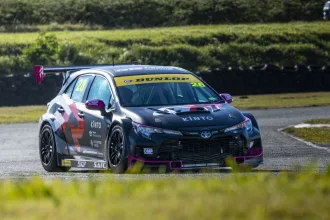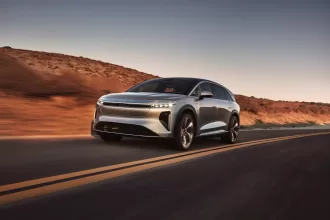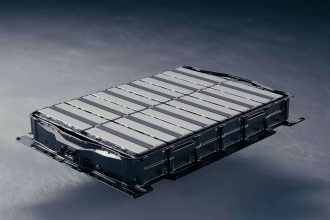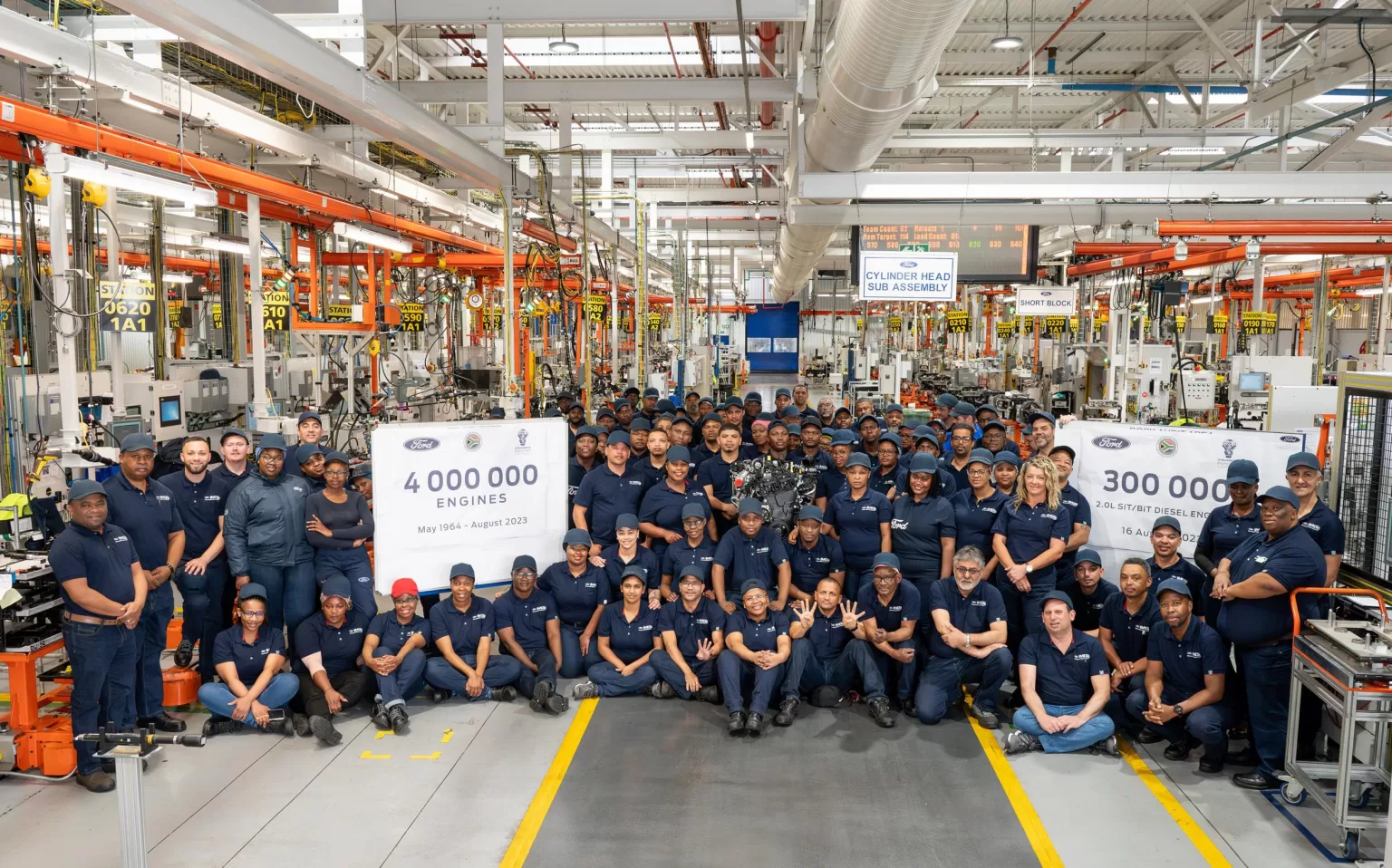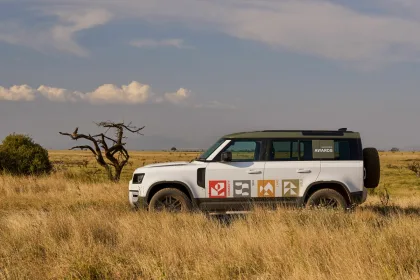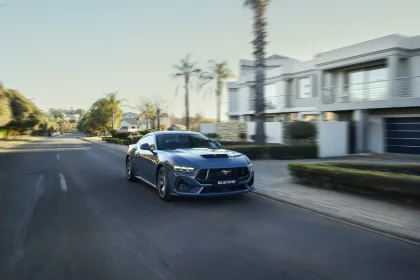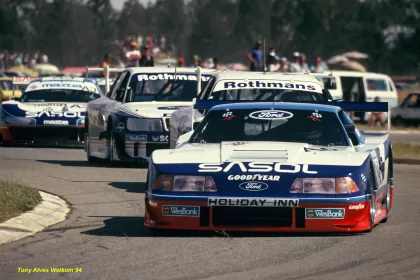- Ford’s Struandale Engine Plant celebrates production of its 4-millionth engine since the plant opened in Gqeberha (formerly Port Elizabeth) in 1964
- Total of 300 000 2.0L Single Turbo and 2.0L Bi-Turbo engines produced since program was launched in 2018
- Struandale plant currently produces three diesel engines: 2.2L/3.2L Duratorq TDCi introduced in 2011, 2.0L SiT/BiT that commenced in 2018, and 3.0L V6 Diesel engine launched in 2022 for the new Ranger
Ford’s long and proud history in South Africa is inextricably linked to the city of Port Elizabeth (now known as Gqeberha) – after all, it’s where Ford Motor Company of South Africa was founded in 1923.
Some 41 years later, Henry Ford II officially opened the Struandale Engine Plant. With an investment of R8-million in the new facility at the time, it positioned Ford as the first motor company in South Africa to manufacture engines locally, and it has played a central role in Ford’s manufacturing and export operations ever since.
At the end of August 2023, the Struandale Engine Plant produced its four-millionth engine – a 2.0-litre four-cylinder Bi-Turbo diesel engine that will be installed in a new Ranger bakkie (pickup) at Ford’s Silverton Assembly Plant in Pretoria. The Ranger is produced for domestic sales and exports to more than 100 global markets, with an installed capacity for producing up to 200 000 vehicles per year. This makes Ranger one of South Africa’s leading vehicle exports, with 45 793 vehicles exported between January and September 2023 – all powered by engines supplied by the Struandale plant.
Fittingly, this major milestone also coincides with the 300 000th 2.0L Single Turbo/Bi-Turbo diesel engine being produced at Struandale since this program was launched in 2018. This engine family is revered for its impressive performance, reliability and fuel economy, with the Single Turbo version powering Ranger to its class win in the 2019 WesBank Fuel Economy Tour. The 2.0-litre engines were updated in 2022 for the new Ranger with further improvements in noise, vibration and harshness (NVH) for even greater comfort and refinement.
The Struandale Engine Plant also produces the 2.2L and 3.2L Duratorq TDCi engines that were introduced in 2011, as well as the new 3.0L V6 Diesel engine that powers the range-topping models in the new Ranger line-up, with production commencing in 2022 following a R600-million investment.
“The Struandale Engine Plant has been instrumental in Ford’s development and growth over the past 59 years, particularly for our export operations. The four million total engine production, along with the 300 000 2.0L Single Turbo and Bi-Turbo diesel engines assembled to date, are remarkable achievements,” says Ockert Berry, VP Operations, Ford South Africa.
“Our plant in Gqeberha remains a cornerstone of the automotive industry in Nelson Mandela Bay and is a vital part of our local manufacturing operations. Our major investments in this facility, in the Silverton Assembly Plant and at our suppliers in the Tshwane Automotive Special Economic Zone for the new Ranger have confirmed Ford’s commitment to South Africa, supporting much-needed job creation and economic development for the country,” Berry says.

“We have an installed capacity for producing 720 vehicles per day running on three shifts to meet the global demand for Ranger, but we already exceeded that target twice in August this year with peaks of 736 and 737 vehicles,” Berry says. “This is not only the highest production we’ve achieved for the Silverton Assembly Plant, but is a record for the South African motor industry. And, with all the engines used in our locally assembled Ranger coming from Struandale, it’s a major achievement for both of our plants.”
To date the Struandale plant has produced 11 different engine types, starting off in 1964 with the 1.7L and 2.0L V4, the much-loved Essex V6, as well as the 1.3L and 1.6L Kent four-cylinder engines.
One of its most successful programs was the component machining and assembly of the renowned RoCam engine, starting with the 1.6-litre version in 1998. The following year the Struandale plant was appointed as the sole global manufacturer of the 1.3L RoCam, which contributed to total production for this engine family concluding on 1 346 919 units when the program ended in 2012. The RoCam engines powered several popular South African-built models, such as the Fiesta, Ikon and Bantam. They were also exported to numerous countries including Argentina, Brazil, China, Germany, India, Italy, Mexico, Spain, Russia and Venezuela.
Interestingly, the one-million engine mark was reached in 23 years (1987), with the two-millionth unit following 19 years later in 2006. With the significant investments and expanded production for the RoCam and Duratorq TDCi engine programs accelerating the plant’s output, it reached three million engines just eight years later in 2014, with the four-millionth unit emerging from the Struandale Engine Plant after a further nine years, in August 2023.
Local innovation
Innovation and creative thinking have been consistent hallmarks of the Struandale teams over the years, with production of the new 3.0L V6 Diesel being a perfect example, according to Shawn Govender, Plant Manager of the Struandale Engine Plant. “The assembly line that produces the 3.0L V6 turbodiesel engine for the new Ranger still assembles our existing Duratorq TDCi engines, making it the only facility of its kind in the Ford world that produces both V-configuration and in-line engines, as well as a combination of four, five and six-cylinder units, all on a single line,” he says.
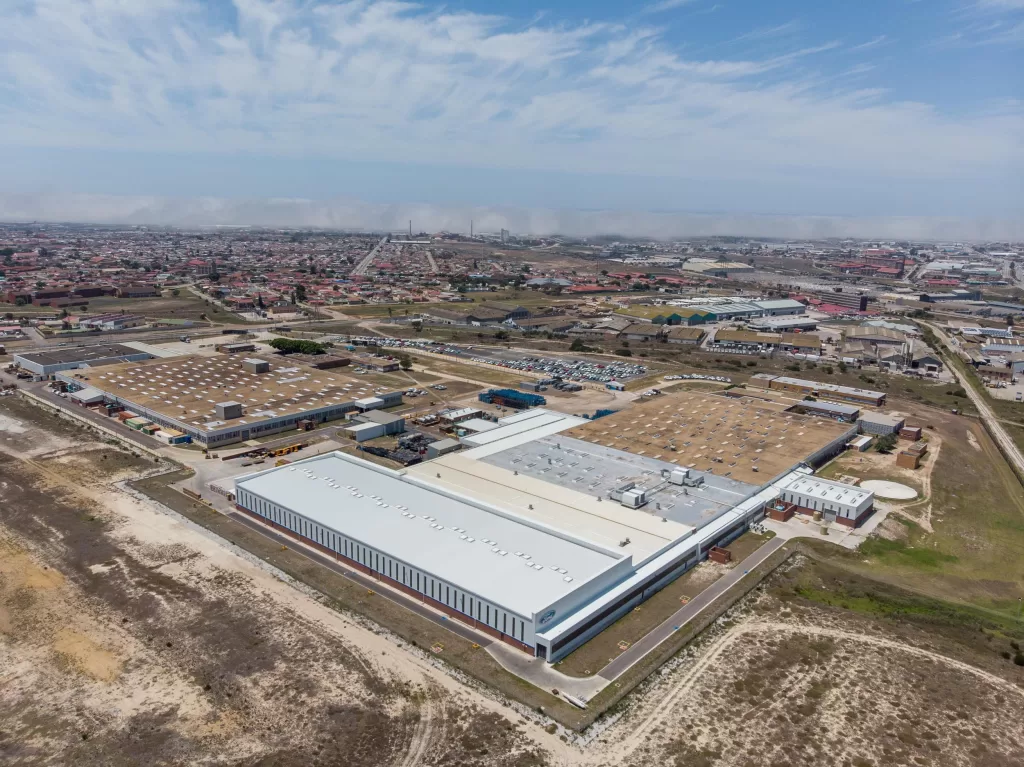
“The combined assembly line was essential to make optimal use of our facilities and contain the total investment required, and to ensure that we are competitive from a cost-per-unit perspective,” Govender says. “This was an extremely complex challenge for our team, but they delivered on all our ambitious targets. The success and huge demand for the 3.0L V6 Diesel engine in the new Ranger is testament to our unwavering focus on producing engines of the highest quality for our customers, and no doubt contributed to it being selected as SA Car of the Year for 2023.”
Relying on a flexible production format, with scheduled batches of the two different engine programs being assembled, the line incorporates 40 stations that are common to both platforms and a further 25 stations that are unique to the 3.0L V6 Diesel. The total installed capacity for this line is 130 000 engines per year.
In addition to assembling the 3.0L V6 Diesel, the Struandale plant machines the cylinder heads for this engine. For the Duratorq TDCi engines, the cylinder head, cylinder block and crankshaft are also machined on-site.
The 2.0L SiT/BiT engine assembly line has an installed capacity for 120 000 units per year, resulting in a total capacity of up to 250 000 engines per annum for the Struandale Engine Plant – a massive leap from the 30 000 engines it could produce when the plant first opened.
The Struandale Engine Plant currently has around 850 employees, with a total of approximately 5 500 people employed by Ford South Africa – almost double the 2 700 jobs it provided in 1964.
Last year the Struandale Engine Plant won the overall 2022 Exporter of the Year title and the Best Exporter OEM award from Exporters Eastern Cape. “This was a huge accolade and provided well-deserved recognition for our dedicated team. It was made possible by our ongoing investment, unwavering commitment to quality, continuous improvement and innovation,” Govender says.
“We have placed a lot of emphasis on job creation and supporting the surrounding communities with skills development and training through our extensive learnership, apprenticeship and experiential trainee programs, and providing upliftment and empowerment opportunities to help break the cycle of poverty through our wide range of CSR projects,” Govender states.
Aside from the current component machining and engine assembly operations, lesser known are the numerous other products that were manufactured at Struandale over the years. This included wheel hubs, brake discs and drums, engine inlet and exhaust manifolds, water and oil pumps, conrods and flywheels. It was also responsible for the remanufacturing of Ford’s Dorset diesel truck engines and the Essex V6 and CVH petrol engines, along with remanufactured power steering racks and automatic gearboxes for the Cortina and Granada.

